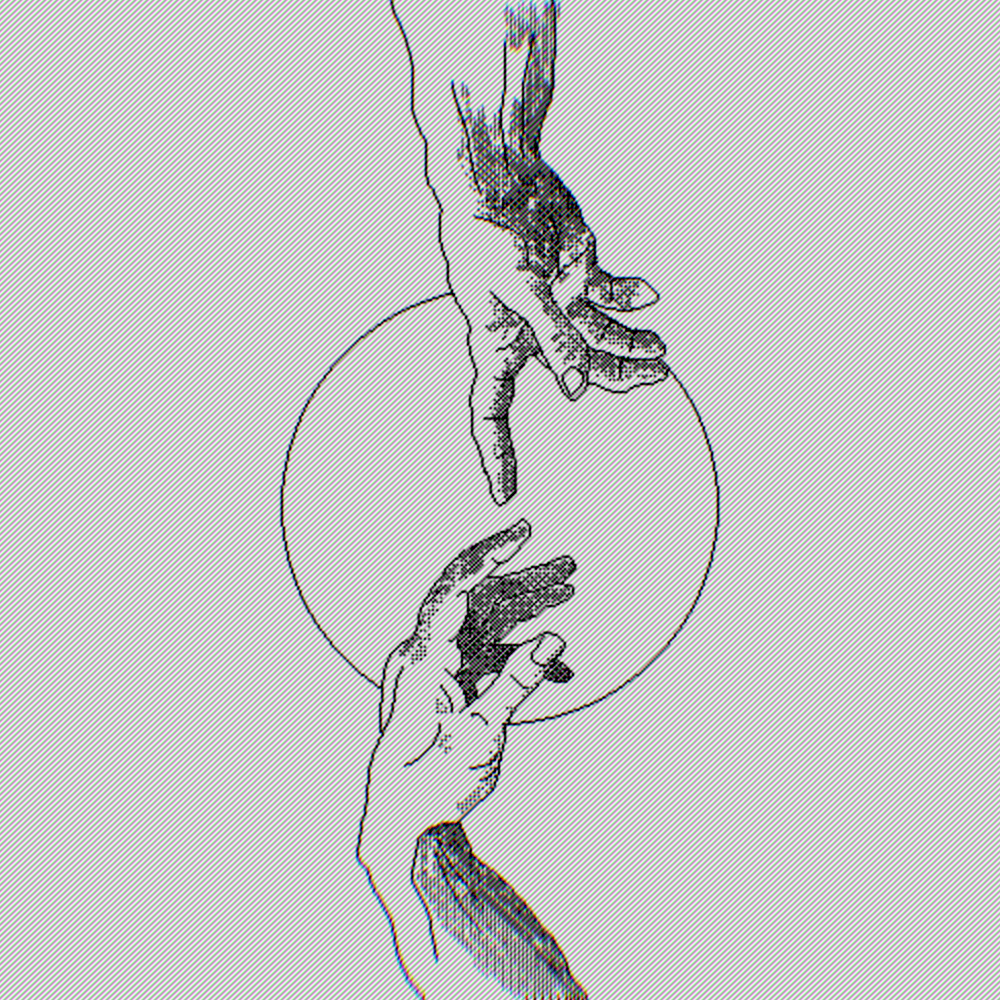
Hand of Adam
⠀⣀⡀⠀⠀⠀⠀⠀⠀⠀⠀⠀⠀⠀⠀⠀⠀⠀⠀ ⠀⠀⠀⠀⠀⠀⠀⠀⠀⠀⠀⠀⠀⠀⠀⠀⣀⣤⣶⣿⣿⡇⠀⠀⠀⠀⠀⠀⠀⠀⠀⠀⠀⠀⠀⠀⠀⠀ ⠀⠀⠀⠀⠀⠀⠀⠀⠀⠀⠀⠀⠀⣤⣶⣿⠟⠋⠁⡠⠋⠀⠀⠀⢀⣀⡀⠀⠀⠀⠀⠀⠀⠀⠀⠀⠀⠀ ⠀⠀⠀⠀⠀⠀⠀⠀⠀⠀⠀⣴⣿⣿⣿⠟⢀⡝⢉⣀⣠⣤⣶⣾⣿⣿⡷⠀⠀⠀⠀⠀⠀⠀⠀⠀⠀⠀ ⠀⠀⠀⠀⠀⠀⠀⠀⠀⢀⣾⣿⠿⣉⣠⢴⣿⣿⣿⣷⣿⣿⣿⣿⣿⣯⡄⠀⠀⠀⠀⠀⠀⠀⠀⠀⠀⠀ ⠀⠀⠀⠀⠀⠀⠀⠀⢠⣿⡿⠉⠉⢹⣿⣿⣿⣿⣿⣿⣿⣿⣿⣿⡿⠟⠃⠀⠀⠀⠀⠀⠀⠀⠀⠀⠀⠀ ⠀⠀⠀⠀⠀⠀⠀⢀⣿⣾⠁⠀⠀⢸⣿⣿⣿⣿⣿⣿⠿⠟⠋⠀⠀⠀⠀⠀⠀⠀⠀⠀⠀⠀⠀⠀⠀⠀ ⠀⠀⠀⠀⠀⠀⢀⣼⣿⡯⠀⢀⣰⣿⣿⣿⣿⣿⡟⠁⠀⣀⣤⠦⠄⡀⠀⠀⠀⠀⠀⠀⠀⠀⠀⠀⠀⠀ ⠀⠀⠀⠀⢀⠶⣿⣿⣿⠁⠀⠀⠙⣿⣿⣿⣿⣿⣿⡟⠉⣰⠃⢀⣴⠇⠀⠀⠀⠀⠀⠀⠀⠀⠀⠀⠀⠀ ⠀⠀⠀⠀⡎⢀⡆⠈⠀⠀⠀⢄⣀⣿⣿⣿⡿⣿⠏⠀⠀⠈⣳⣿⣿⣷⣄⠀⠀⠀⠀⠀⠀⠀⠀⠀⠀⠀ ⠀⠀⠀⢸⠁⣸⠀⠀⠀⠀⠠⡀⠙⣿⣿⠁⡤⠃⠀⠑⠠⣤⠞⠉⠛⠋⠁⠀⠀⠀⠀⠀⠀⠀⠀⠀⠀⠀ ⠀⠀⠀⣼⠀⡇⠀⠀⠀⠀⣦⣱⡀⣸⡟⠋⠀⠀⢀⣀⠜⠁⠀⠀⠀⠀⠀⠀⠀⠀⠀⠀⠀⠀⠀⠀⠀⠀ ⠀⠀⠀⢿⣰⠁⠀⠀⠀⠀⣉⠉⠁⠁⠚⠢⣄⢀⣠⡋⠀⠀⠀⠀⠀⠀⠀⠀⠀⠀⠀⠀⠀⠀⠀⠀⠀⠀ ⠀⠀⠀⣸⠃⠀⠀⠀⠀⢀⣼⣶⠀⠀⠀⠀⠀⣠⡇⠀⠀⠀⠀⠀⠀⠀⠀⠀⠀⠀⠀⠀⠀⠀⠀⠀⠀⠀ ⠀⠀⢠⠃⠀⠀⠀⠀⡠⠚⠛⠻⠀⠀⠀⠀⢠⣼⠇⠀⠀⠀⠀⠀⠀⠀⠀⠀⠀⠀⠀⠀⠀⠀⠀⠀⠀⠀ ⠀⠀⡏⠀⠀⠀⠐⠋⠀⠀⠀⠀⠀⠀⠴⠄⣾⣽⠀⠀⠀⠀⠀⠀⠀⠀⠀⠀⠀⠀⠀⠀⠀⠀⠀⠀⠀⠀ ⠀⢰⠇⠀⠀⠀⠀⠀⠀⠀⠀⠀⠀⠀⠀⣒⣻⠏⠀⠀⠀⠀⠀⠀⠀⠀⠀⠀⠀⠀⠀⠀⠀⠀⠀⠀⠀⠀ ⠀⢸⡆⠀⠀⠀⠀⠀⠀⠀⠀⠀⢀⣤⣾⠷⠋⠀⠀⠀⠀⠀⠀⠀⠀⠀⠀⠀⠀⠀⠀⠀⠀⠀⠀⠀⠀⠀ ⠀⡿⠁⠀⠀⠀⠀⠀⠀⠀⢀⣀⣀⡟⠁⠀⠀⠀⠀⠀⠀⠀⠀⠀⠀⠀⠀⠀⠀⠀⠀⠀⠀⠀⠀⠀⠀⠀ ⢨⡇⠀⠀⠀⠀⠀⠀⣰⢾⣿⣿⣿⣇⠀⠀⠀⠀⠀⠀⠀⠀⠀⠀⠀⠀⠀⠀⠀⠀⠀⠀⠀⠀⠀⠀⠀⠀ ⣿⠀⠀⠀⠀⠀⠀⢸⢿⠧⣿⡿⣿⣿⡆⠀⠀⠀⠀⠀⠀⠀⠀⠀⠀⠀⠀⠀⠀⠀⠀⠀⠀⠀⠀⠀⠀⠀ ⠘⢆⠀⠀⠀⠀⢠⣟⣸⠒⣿⣷⣾⣿⣿⡶⣄⠀⠀⠀⠀⠀⠀⠀⠀⠀⠀⠀⠀⠀⠀⠀⠀⠀⠀⠀⠀⠀ ⠀⠈⣇⠀⠀⠀⠘⣯⢿⣶⡞⣟⠛⢿⣿⣿⣿⣷⣄⠀⠀⠀⠀⠀⠀⠀⠀⠀⠀⠀⠀⠀⠀⠀⠀⠀⠀⠀ ⠀⠀⠘⡆⠀⠀⠀⠘⣌⢷⣟⡼⣷⡼⣿⣿⣿⣿⣽⣷⣄⠀⠀⠀⠀⠀⠀⠀⠀⠀⠀⠀⠀⠀⠀⠀⠀⠀ ⠀⠀⠀⠘⢆⠀⠀⠀⠘⡄⢻⣃⠈⠳⡈⢻⡘⢿⣿⣿⣿⣦⡀⠀⠀⠀⠀⠀⠀⠀⠀⠀⠀⠀⠀⠀⠀⠀ ⠀⠀⠀⠀⢸⡀⠀⠀⠀⢇⠀⠻⣄⡀⢻⡌⠻⡈⣹⠻⣿⣿⣷⣄⠀⠀⠀⠀⠀⠀⠀⠀⠀⠀⠀⠀⠀⠀ ⠀⠀⠀⠀⠘⡇⠀⠀⠀⢸⡄⠀⠈⢻⡞⠳⣄⠈⢷⡂⠈⢻⣌⣿⣧⠀⠀⠀⠀⠀⠀⠀⠀⠀⠀⠀⠀⠀ ⠀⠀⠀⠀⠀⢹⡀⠀⠀⠘⠓⠀⠀⠀⢸⣧⡏⡷⠈⠱⠀⢘⣿⣿⣿⣷⠀⠀⠀⠀⠀⠀⠀⠀⠀⠀⠀⠀ ⠀⠀⠀⠀⠀⠀⢣⠀⠀⠀⠀⠀⠀⠀⠀⠘⠛⠣⡅⠄⣈⠚⣀⣘⣿⣟⣇⠀⠀⠀⠀⠀⠀⠀⠀⠀⠀⠀ ⠀⠀⠀⠀⠀⠀⠀⠱⣄⠀⠀⠀⠀⠀⠀⠀⠀⠀⠉⠣⠍⠁⠛⡻⠉⣹⣿⣷⣆⠀⠀ ⠀⠀⠀⠀⠀⠀⠀ ⠀⠀⠀⠀⠀
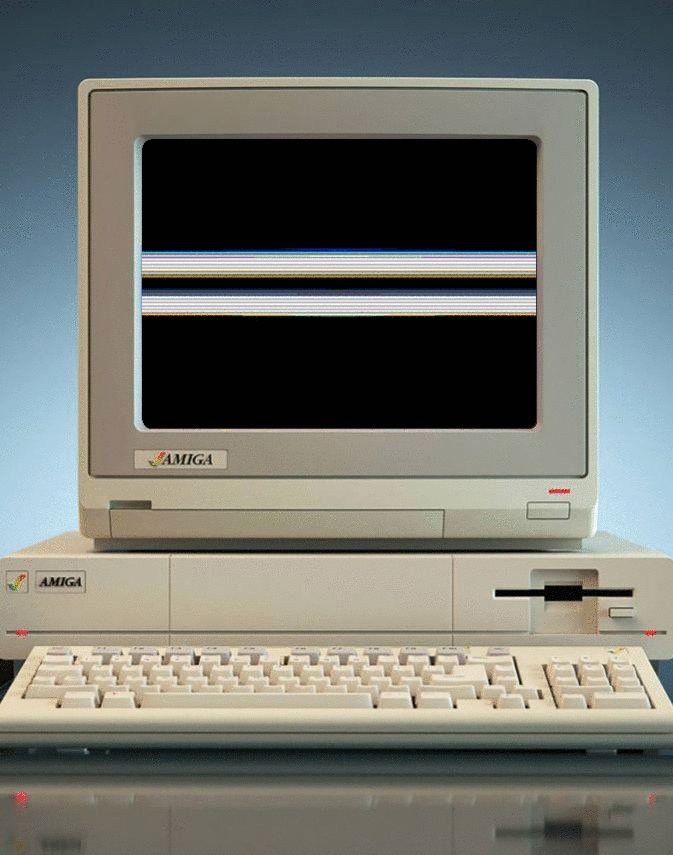
Goodbye Hic et Nunc
This was written in Hic et Nunc's Discord channel on 2021-11-17, six days after it was unplugged.
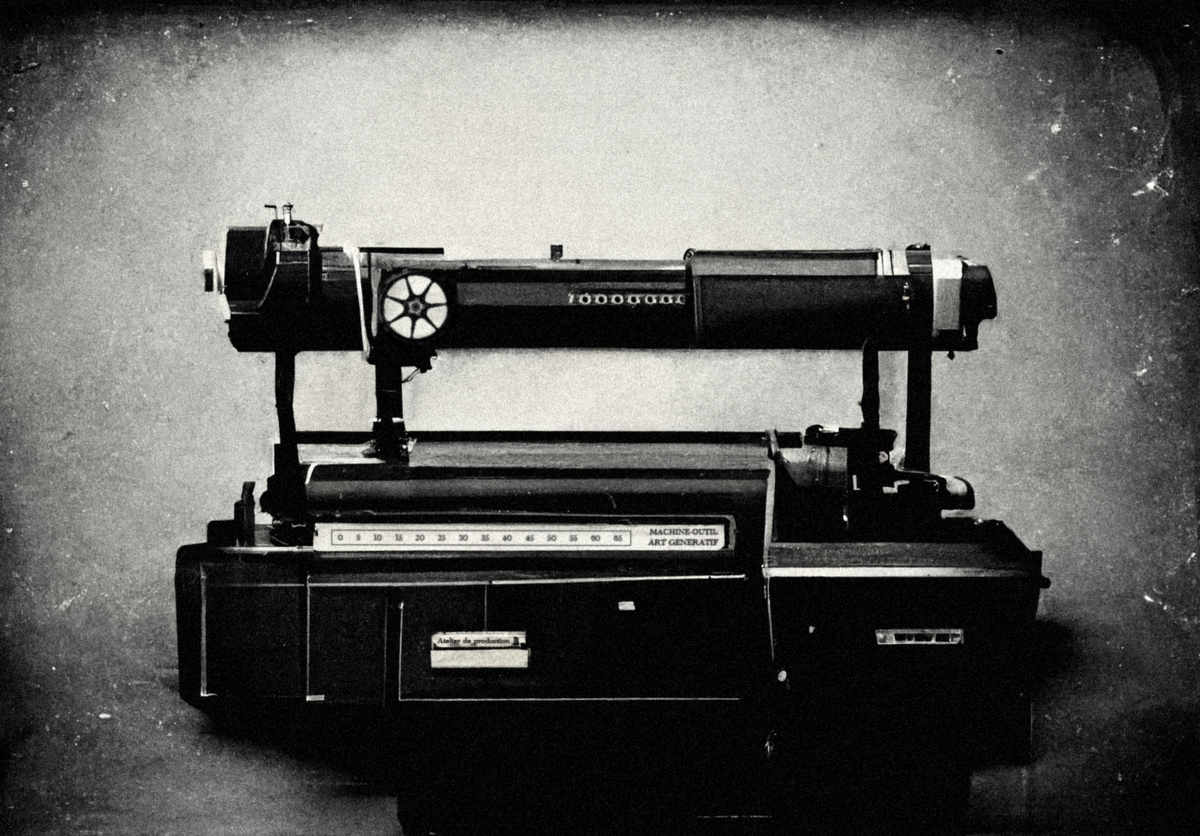
𝚂𝙴𝙸𝚉𝙸𝙽𝙶 𝚃𝙷𝙴 𝙼𝙴𝙰𝙽𝚂 𝙾𝙵 𝙶𝙴𝙽𝙴𝚁𝙰𝚃𝙸𝙾𝙽
Defining and implementing abstractions is more practice than elaboration. Interfaces built through formal languages are shaped by a shared praxis whose consensual lessons are established as standards. The use of such normalised means to create art pieces is hence an intuitive deviation: tools fashioned as means to an end are often used for purposes that appear to be the exact opposite of their raison d’être. Recent technosocial developments have enabled the tentative burgeoning of an economy nurturing these deviant applications. A new wave of the so-called “generative art” milieu is attempting to mobilise both factors of production, capital and labour, to augment the manufacturing of such algorithms. While the nature of each factor is apparently unremarkable, their intersection in this space does yield an idiomatic result. Humans and tools which are engaged in this practice, because they are incentivized to systematically share the outputs of their research, participate in the transformation of both factors and, as such, in their own. The generative art milieu is building an attempt to seize the means of generation.
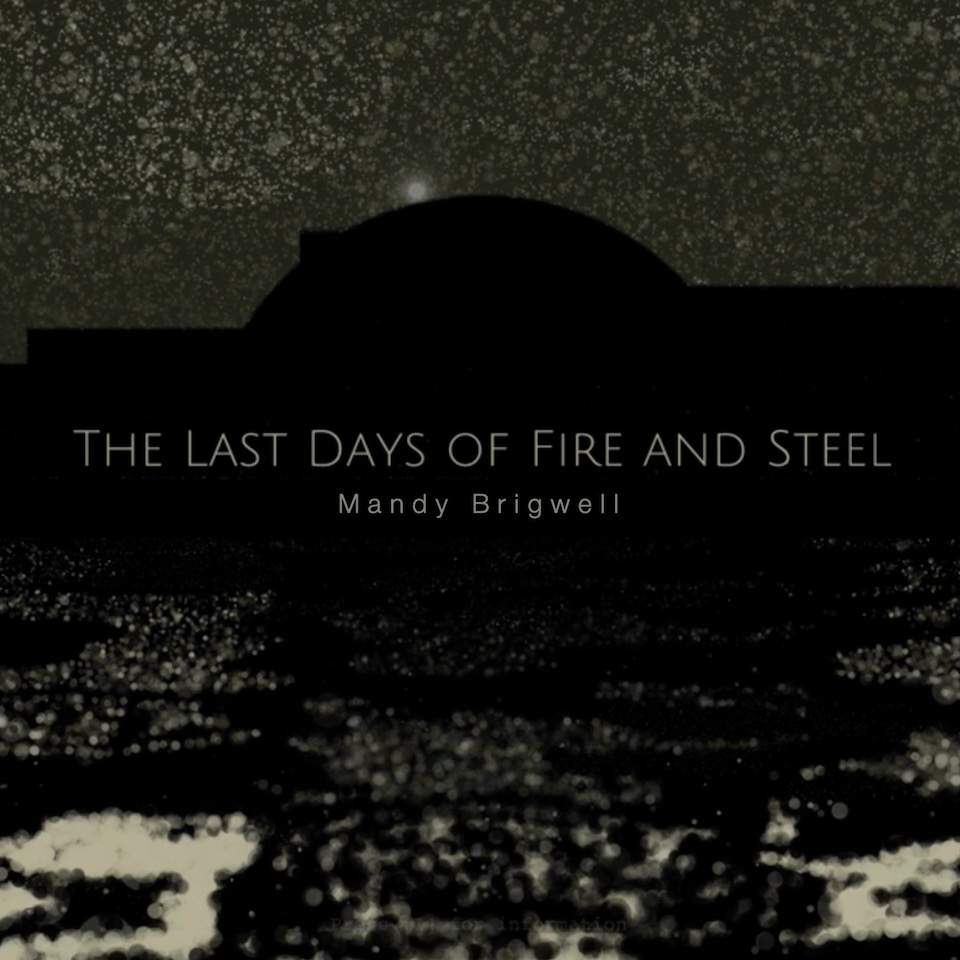
The Last Days of Fire and Steel
Always open to interpretation, art provides a potential mirror to reality. Is The Last Days of Fire and Steel set in an industrial past, a society on the brink of moving towards mass production? It could be… and yet these are the last days: is this an industrial complex on the edge of civilisation, a warning from the past? Perhaps, then, this dark place exists in the not-so-far future, where the waters are polluted with a rainbow snakeskin of chemicals, and the light of distant nuclear impacts illuminates the sky. Seeking craft whirl through eddies of smoke, and ugly black gantries claw at the sky. Perhaps, again, this piece is none of these: merely a fantasy of a time after an event, some apocalyptic occurence of tremendous magnitude, has left the earth scorched and black. Or maybe it's more positive: a trip along a clifftop at night, enjoying fresh air, and the glitter of the moon on the sea: the pleasures of yakamoz, of διακαμός.
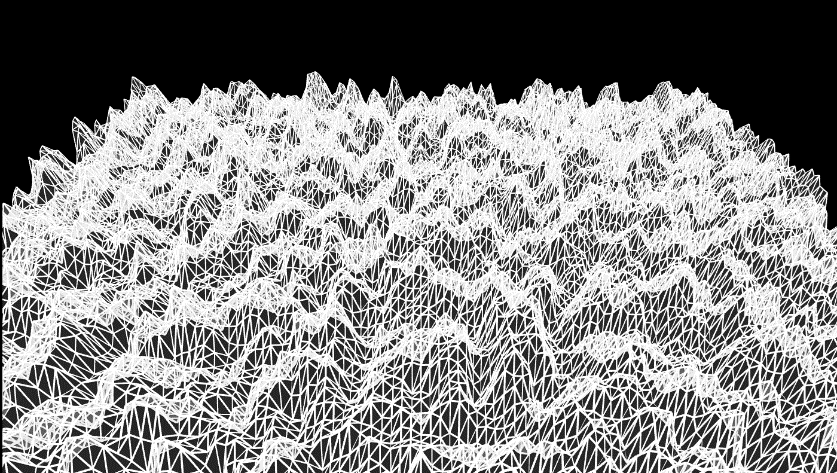
GPT-3 and me: A generative coding study
The question I had on my mind when starting this process was whether a natural language processing AI like GPT-3 could be creative. One of the avenues that ended up being disappointing was the creation of metaphors and poetry. GPT would combine and rearrange existing metaphors into semi-meaningful sentences, sometimes outright stealing poetry. Unlike DALL.E 2, GPT is only able to generate text and not diffuse/generate images. To circumvent this, I decided to try to make it create generative artworks from the p5js JavaScript library. I knew GPT could create simple code and source it from a large codebase already presents in the training data. What I wanted to see was whether I could push the system to produce something that could be considered “original”. This article follows selected inputs and outputs from the generative art journey between GPT-3 and me, a collaborative article. I have never written a line of Javascript code in my life. (Free mint on my page!)